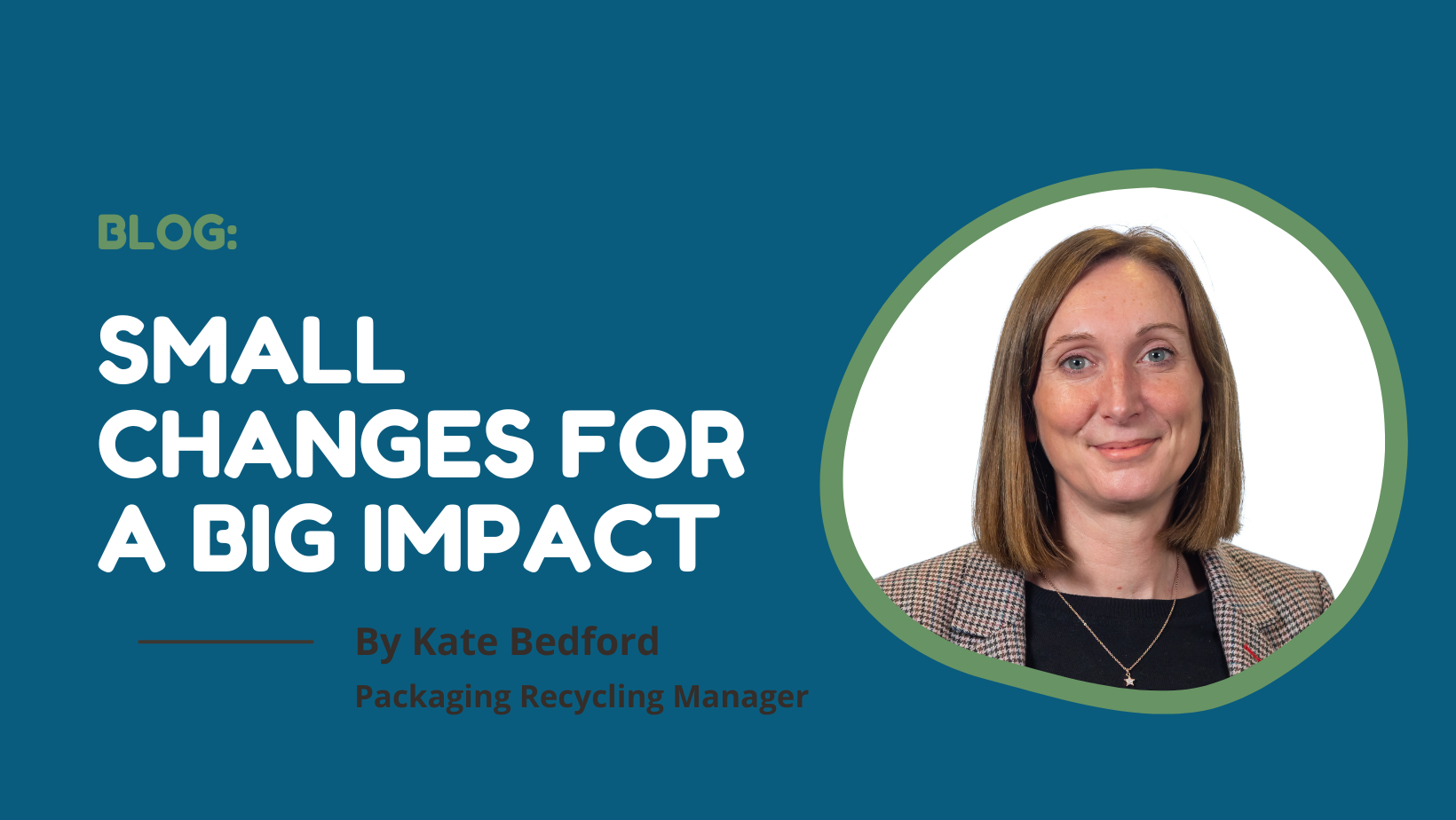Small Changes For a Big Impact

Designers of plastic packaging need to make decisions on materials, colours, sleeves, and other components to maximise the opportunity for recyclability. RECOUP’s guidelines, Recyclability by Design (RBD) have been devised to cover all forms of rigid plastic packaging. It includes polymer specific tables, listing which closures and decoration are suitable for each. The current version includes separate tables for polyethylene terephthalate (PET) bottles and PET trays, and flexible packaging guidelines and specifications.
The publication has evolved since its inception in 2001, including a summary version produced with The British Plastics Federation, and an easy-to-read version produced with the help of the Waste Resources Action Programme (WRAP) and The Plastics Pact.
For 2024 RECOUP have released a new reference document, Packaging Design Principles. This is a basic quick reference guide that answers some of those common questions that arise when designing packaging with recyclability in mind. The publication gives an overview of colours, additives, and barriers and what some on-pack logos mean.
It is aimed at a non-technical audience who may not be experts in packaging but need to know more about plastic packaging recycling principles and the process of recycling.
A Fresh Start
The origins of RBD began as a training course back in 2001 for the wider RECOUP team. The information and content were well received internally, so it was decided that a document should be produced as a reference for new starters in the packaging industry.
In 2001, kerbside recycling in the UK was relatively new, and, as a country, the UK was not recycling same quantities as its neighbouring countries. There was also little interest from consumers around plastic food packaging and its end-of-life. At this time, the first RBD was fairly basic, its focus being the polymers used for bottles and what benefits each had for various types of packaging.
The full technical document was first published in 2006 and is now in its 10th version, and the focus has certainly changed.
Manufacturers and brands are under increasing pressure to place sustainable packaging on the market. Therefore, they need to understand about the recyclability of other packaging components as well as the main body of the pack. For example, it is crucial they understand which polymer is recommended for lids and caps on PET bottles.
As such, it became apparent that the guidance needed to adapt and be more specific on individual components, giving clear, concise recommendations based on industry facts and regulations. For example, each of the tables in the document now include recommendations on barriers and additives.
In-depth research is carried out with the help of the RECOUP Recyclability Steering Group, which is formed of industry experts from across the supply chain, including waste management and brand owners and not just the packaging industry, who meet regularly to discuss the document’s evolution.
Transparent Messaging
Comparing tables and processes while sharing information is important to ensure we are conveying the correct message.
In addition to the guidelines, RECOUP assist members with technical queries, and pack recyclability tests to include sorting and reprocessing. The packaging tests involve sample packaging being evaluated through appropriate sorting and reprocessing sites and judged against accepted recyclability criteria. Based on the results of these trials and the guidance in RBD, recommendations are provided to improve recyclability. Typical technical enquiries can include questions on labels and sleeves, adhesives, multilayer laminates, and additives, for example.
In addition to onsite pack testing, RECOUP have an in-house laboratory which includes equipment and facilities to test plastic packaging in a controlled setting. This includes polymer identification and wash tests for labels and adhesives.
Alongside RBD, sector-specific case studies are also produced. These include on-the-go packaging, the DIY and gardening sector, beauty, and cosmetic packaging, off-the-shelf medical packaging, and material substitutions,
All studies look at how items are packaged, what materials are used and how they can be improved and how packaging from specific sectors would perform through the process of mechanical recycling. The case studies highlight obstructions to recycle, such as the size of packaging and the lack of sufficient labelling of recycling instructions. This will assist brand owners in considering how their products are disposed of in the home.
All the suggestions and recommendations in the case studies are based on the guidance and tables from RBD.
Also included are contributions and case studies from RECOUP members, which gives them the opportunity to showcase their success stories and highlight the changes made to both packaging and processes in all aspects of the supply chain. Such stories are intended to provide information for the benefit of others.
The document has been the backbone for much of the project work carried out for RECOUP members, including help on decisions around removing full sleeves from bottles, changing from coloured bottles to clear to allow for better circularity, and changing non-recyclable plastic laminates of more than one polymer to a mono-material.
Evolving Design
RBD has come a long way since its origin and continues to develop with the support of RECOUP members, its importance lies in its basis of facts, onsite testing, member input and guidance from the industry. It aims to reflect the current recycling industry and will continue to evolve with the sector as new technologies become available.
The full Recyclability by design document can be downloaded: https://www.recoup.org/research-and-reports/recoup-recyclability-by-design-2024/